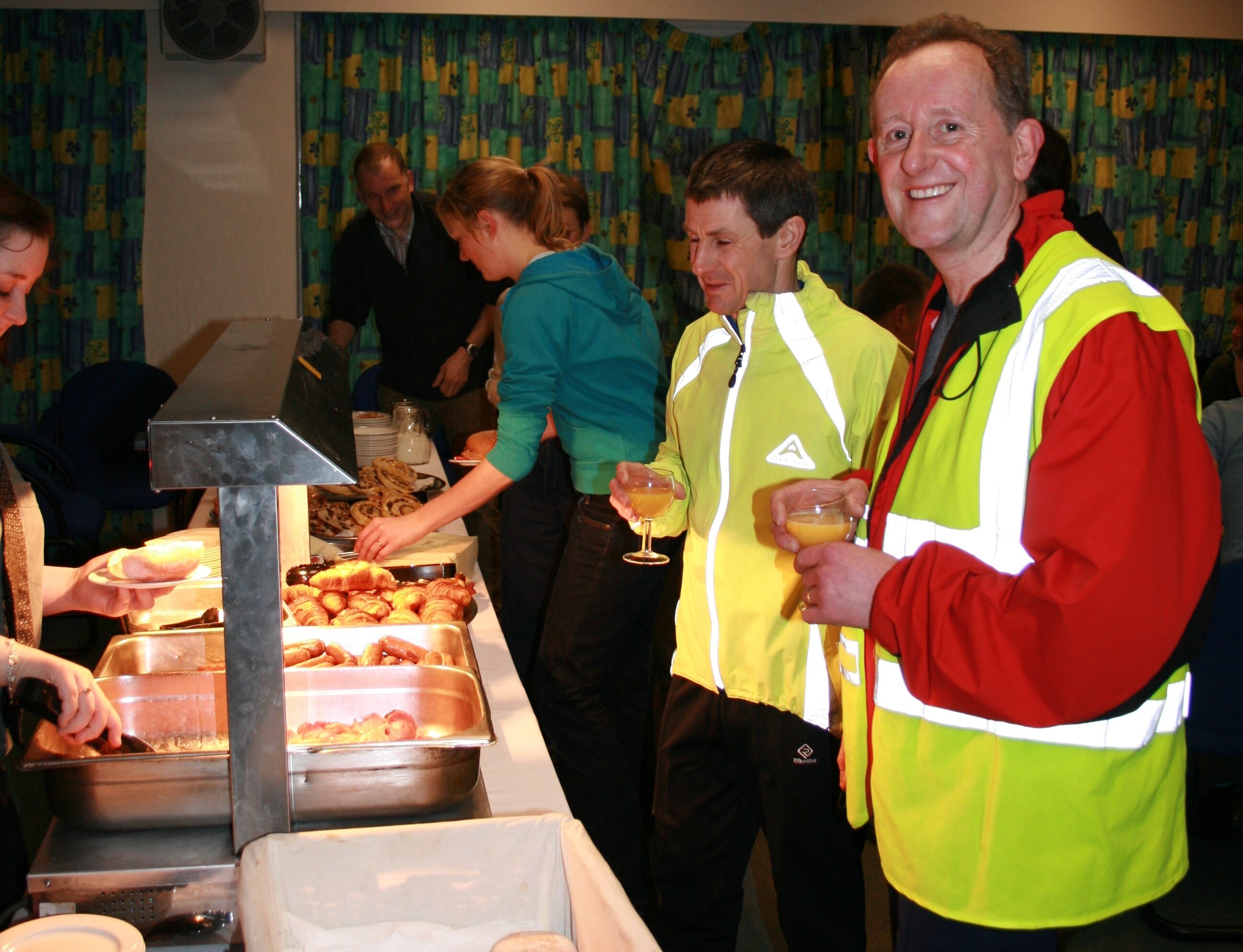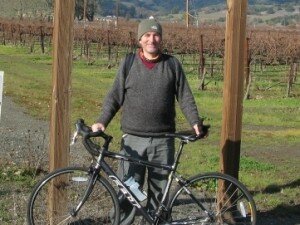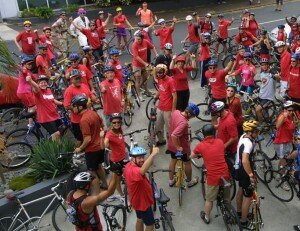Brighton
Brighton has capitalised on its enviable seaside position to develop welcoming cycle freeways and amenities, combining new engineering projects with ongoing local promotion.
Building on the segregated seafront cycle track which runs east-west across the city, the Council is developing a north-south cycle route which will connect Hangleton, Hove station and the seafront. Other routes have been radically redesigned to give pedestrians and cyclists priority. For example, the central one-way New Road, which runs alongside the Royal Pavilion Gardens and theatre district, has lost its highway ‘clutter’ of kerbs, signs and white lines, and opened up two-way travel for cyclists, leading to a 22 per cent increase on the number of bikes on the road.
In addition to the cycle freeways, existing roads have been re-designed to help cyclists navigate congested junctions. The Council has installed ‘advanced stop lights’ (ASLs) at 28 of the busiest traffic light controlled crossings, which allow cyclists to come to the front of the traffic queue, improving their visibility and making it safer for any turning manoeuvres. The ultimate aim is for every such junction to have an ASL.
These infrastructure changes have taken place to a background of promotional and awareness events, from city-wide initiatives like Car Free Day and Bike Week, to large-scale personalised travel planning. Timed to coincide with the summer, contact programmes in 2006 and 2007 reached almost 20,000 households, offering information on routes, cycle training and bike servicing details. Results from 2006 are encouraging: the scheme generated half a million fewer car trips and 172,500 more cycling trips.
More information is available at www.brighton-hove.gov.uk or contact:
Claire Whitehouse
Brighton & Hove City Council, Hove Town Hall, Norton Road, Hove, BN3 3BQ
01273 293 856




